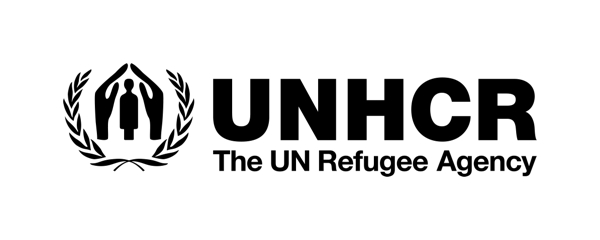On 4 October 2017, UNHCR launched a family counting exercise. A team of 100+ staff collect information on the refugee arrivals and deliver a card and a unique identification number. The exercise provides baseline data to assist with site planning, harmonization of aid and critically in terms of protection, identifies vulnerabilities and specific needs among the refugee population. Early November saw completion of the first phase, more than 700,00 refugees from Myanmar have so far been counted.
The data reveals that one-third of the families are vulnerable. 16 per cent are single mothers holding their families together with little support in harsh camp conditions. Others are struggling with serious health problems or disabilities. There is also a high proportion of elderly people at risk, unaccompanied and separated children – some of them taking care of younger siblings. Children made up 55 percent of the total population; women 52 percent.
Most of those counted (72 per cent) arrived in Bangladesh after violence erupted in Myanmar’s northern Rakhine state in late August, whereas the remaining sought refuge in Bangladesh prior to the latest influx. The majority (70 per cent) came from Maungdaw Township, with smaller numbers from Buthidaung and Rathedaung.
